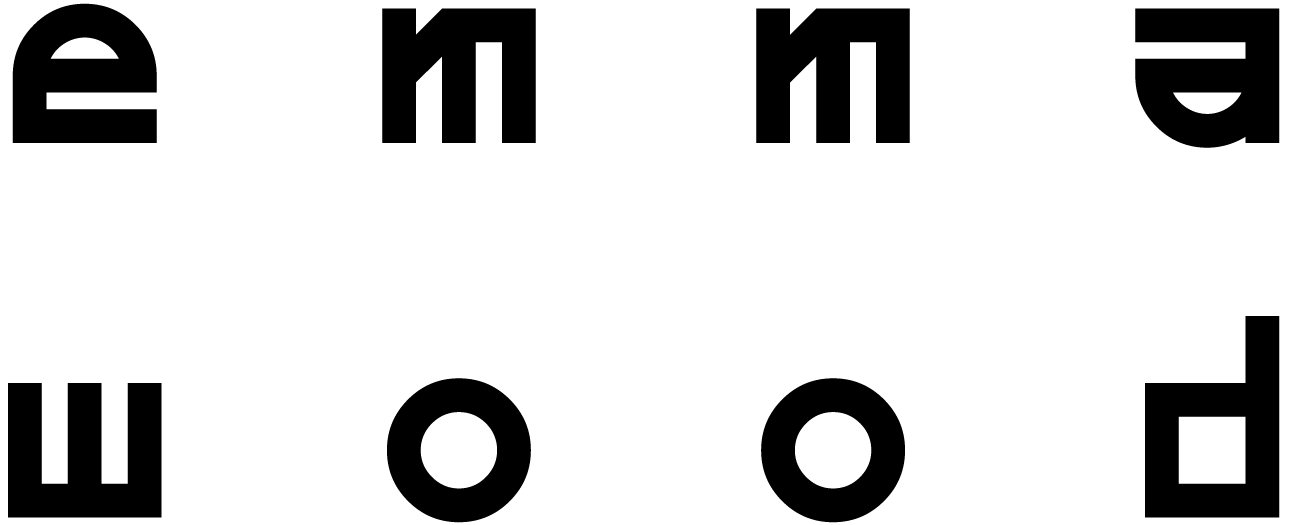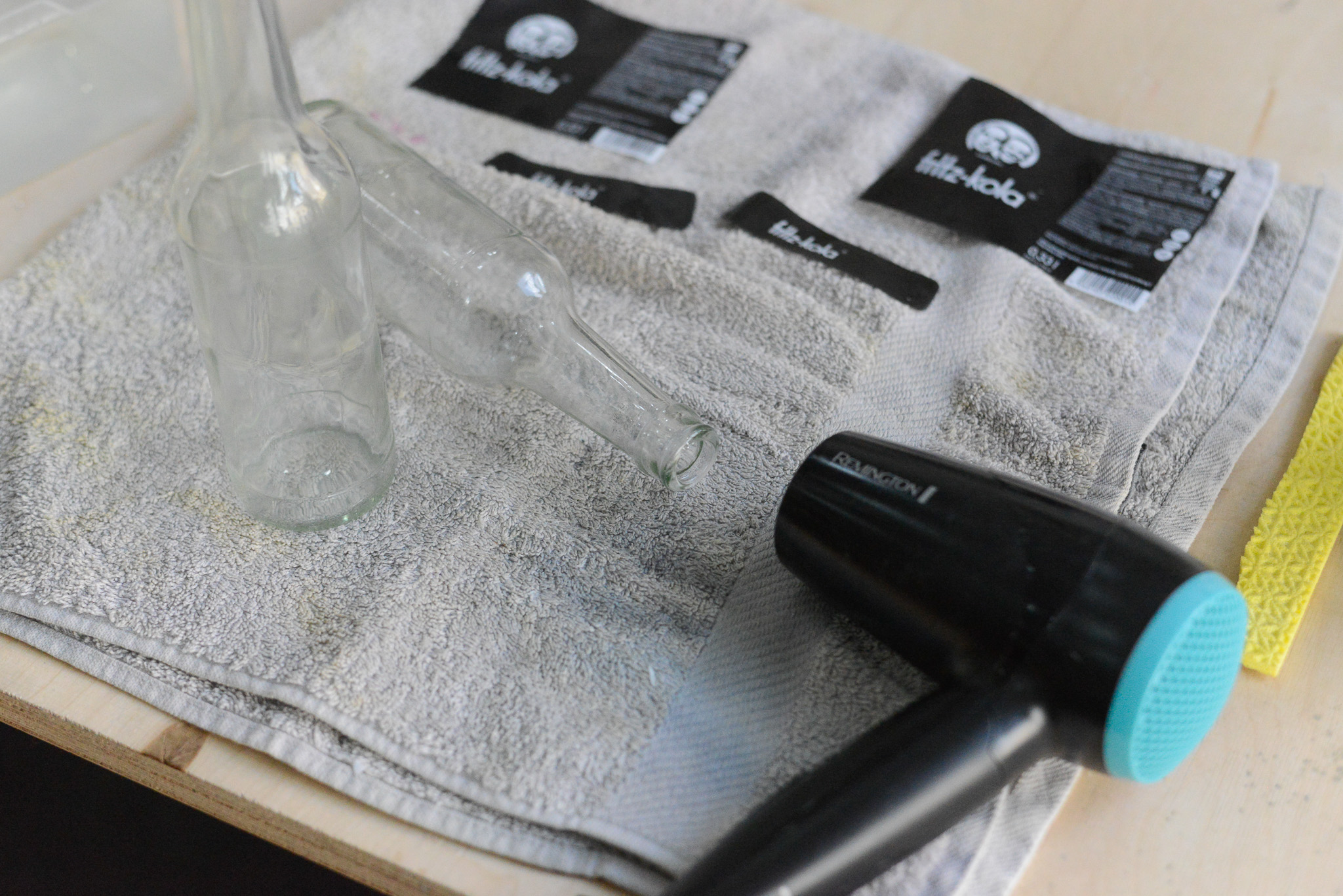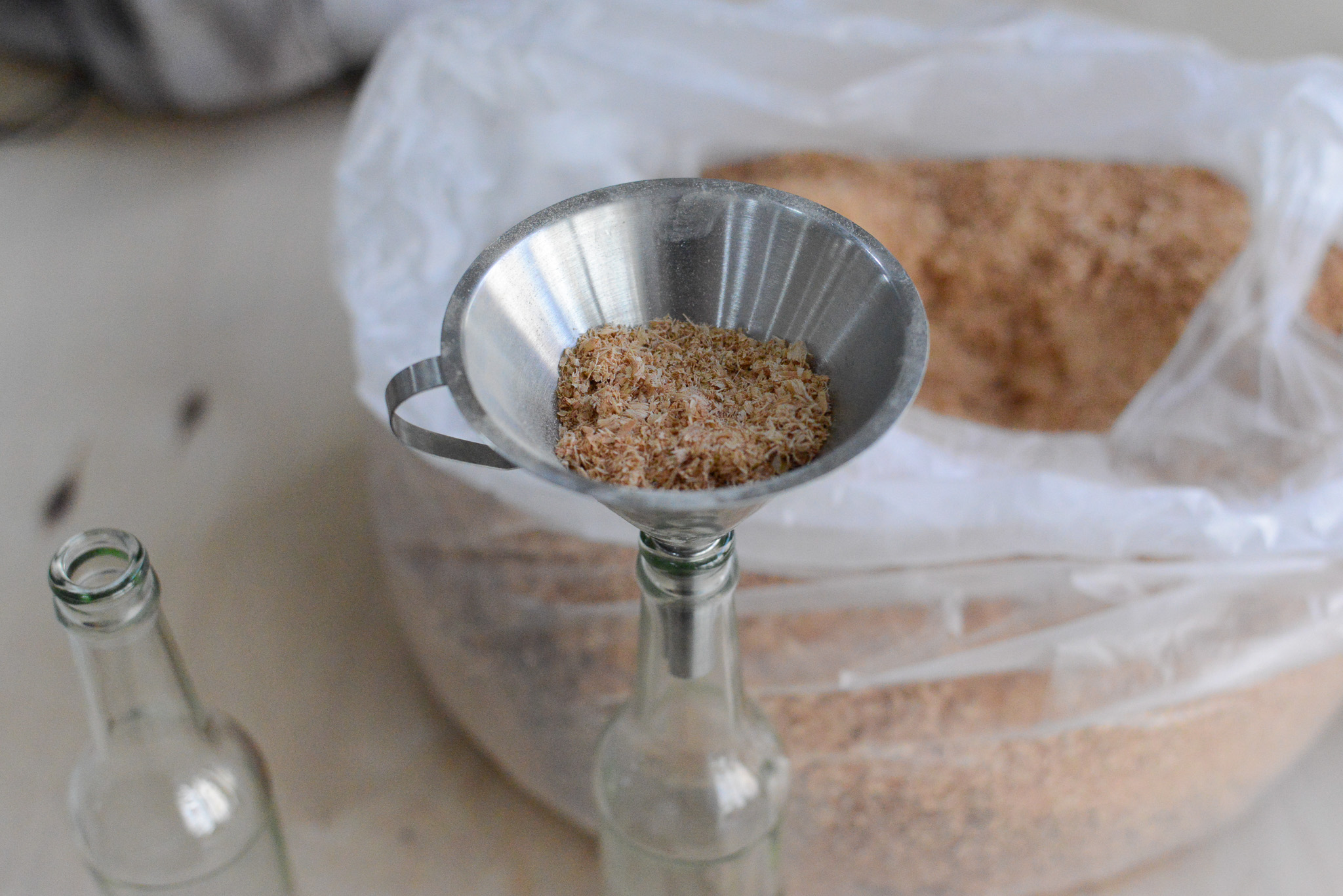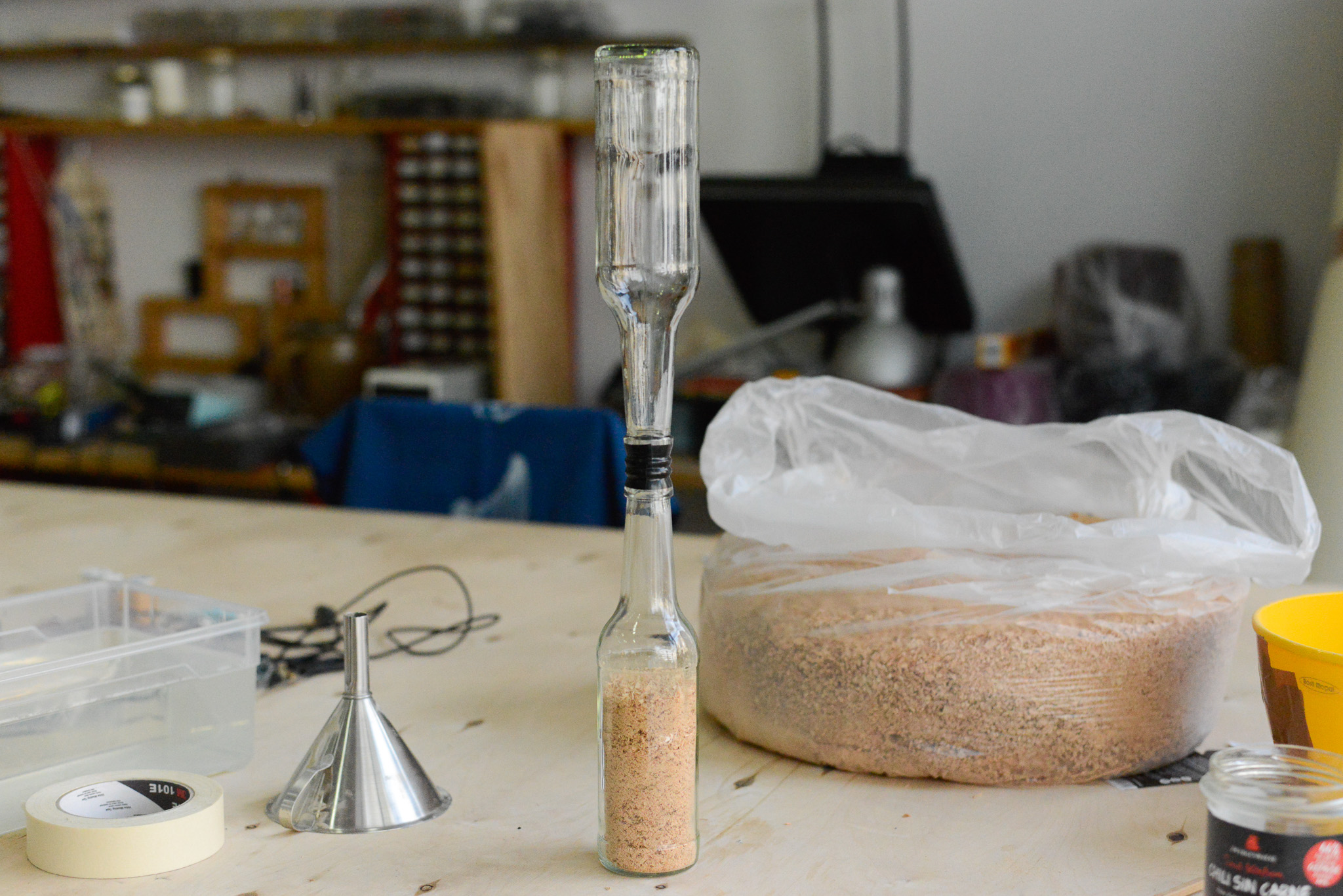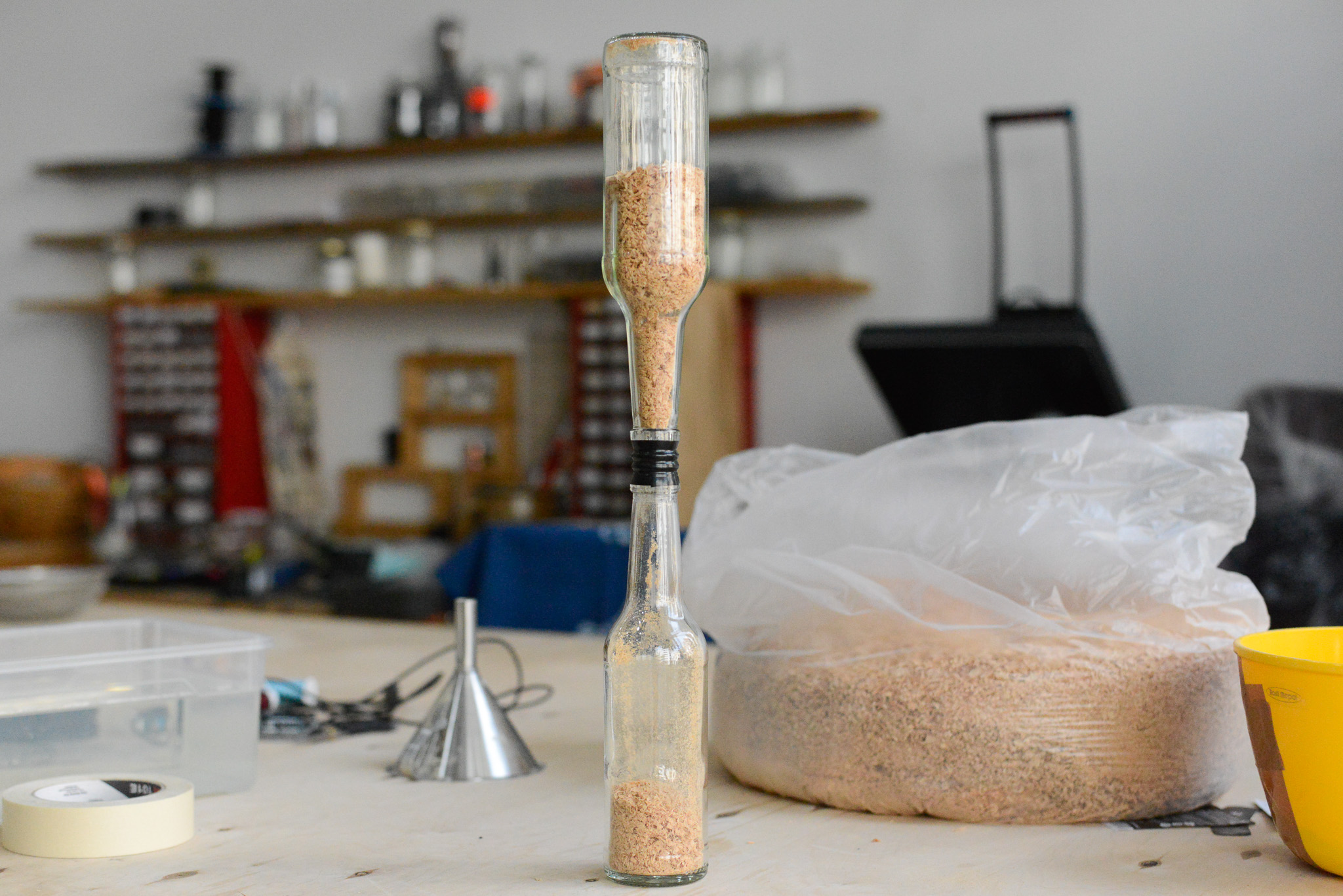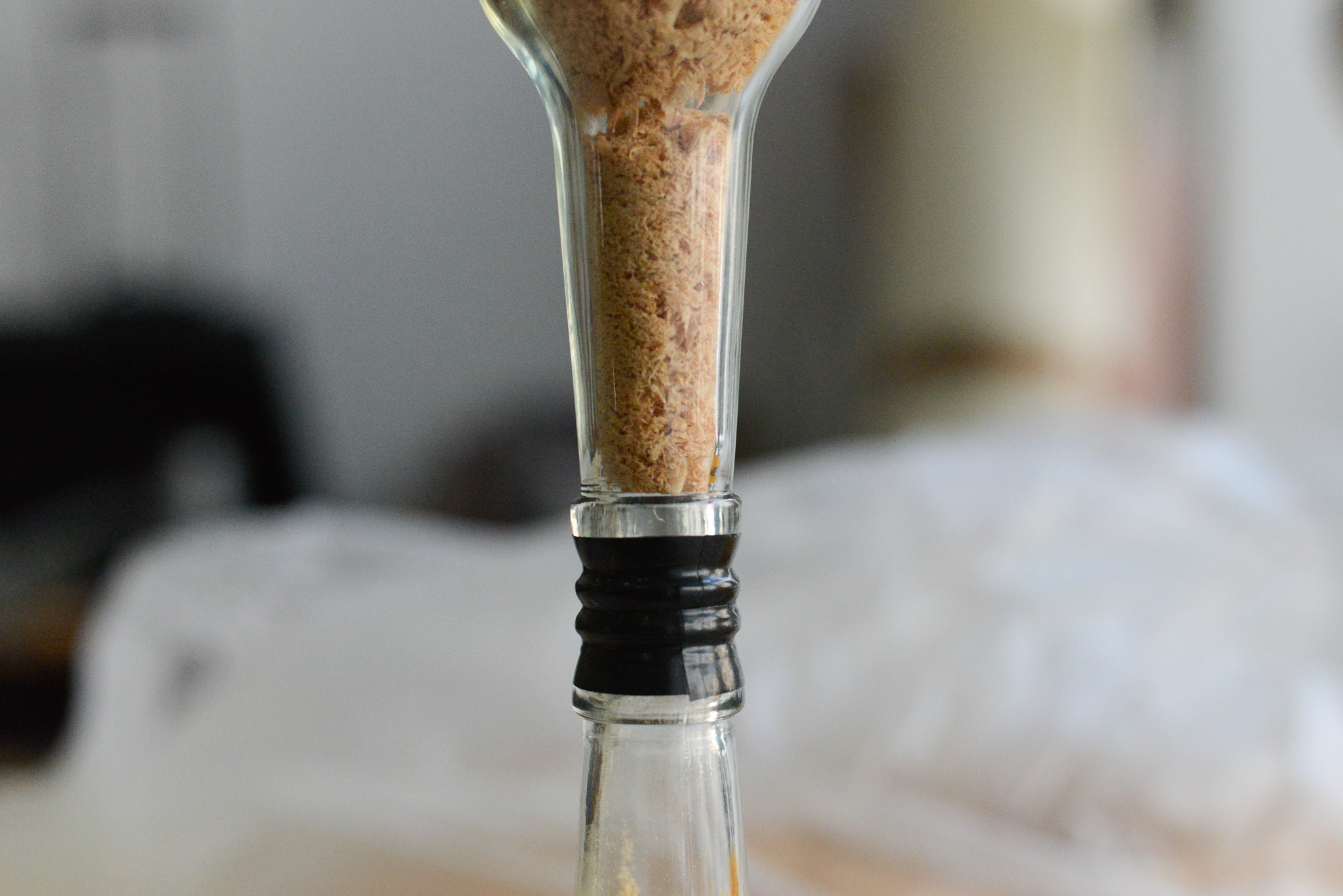hour(less)glass
Finding ways to track time without using time.
As the number of carved bobbins slowly increases, I’m noticing both an intense yet reluctant focus on time. There is a heightened awareness of time as I carve the bobbins, not in its steady passing, but in its irregularity. It speeds up, slows down, sometimes comes to a complete stop, all during the carving of a single bobbin. I am searching for ways to communicate this warping of time, without resorting to minutes and seconds, which are too measurable and standardised.
The woodturning process for the bobbins produces a large amount of wood shavings. Light, voluminous, and ranging from fine sawdust to pencil-shaving flakes, the wood shavings build up on the workbench and slowly cover everything, needing me to dig through them to find my tools. I’ve been saving the wood shavings, starting by saving them in a large bin bag which is growing fuller with each day at the lathe.
These wood shavings serve as a reminder of the process and “timeless time” that goes into the carving of each bobbin, and I wanted to use them as a medium for recording and sharing the internalised experience of time.
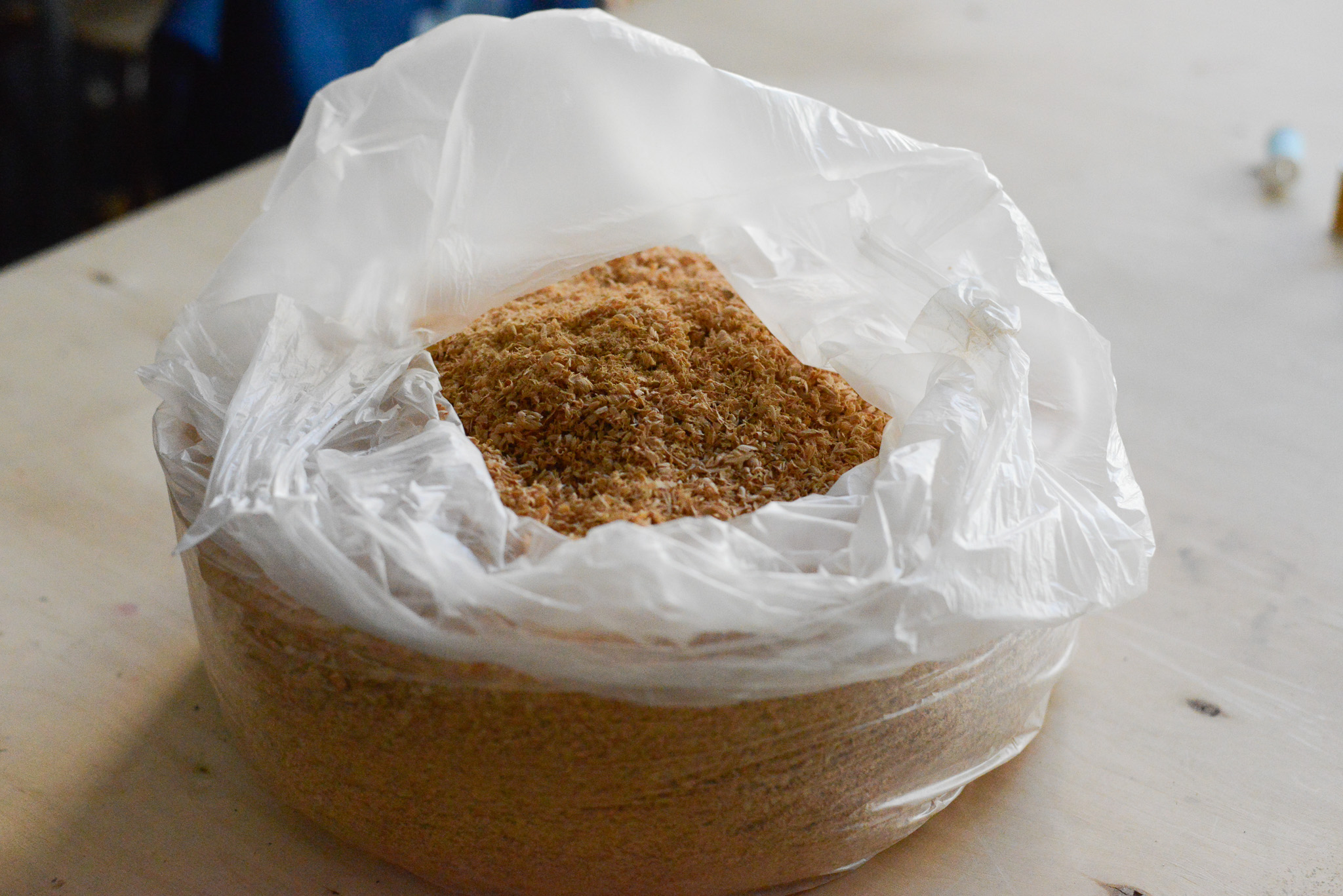
making the hour(less)glass
The piles of sawdust and wood shavings remind me of hourglass sand, but the wood particles are too lightweight and large in volume to travel through a conventional hourglass shape, instead creating an instant bottleneck, and preventing the hourglass from tracking time in its standardised form.
To work with this “malfunction”, I used two Fritz-Kola bottles taped together with electrical tape to make an impromptu hourglass. The wide neck of the bottles means some of the wood shavings plop down to the bottom of the hourglass before the rest of them bottleneck. It’s a delicate system though, and vibrations from studio movement (and even heavy traffic outside) make it shake and slowly drizzle down some shavings.
It’s a quickly-hacked first attempt at an hourglass, but I’m quite happy with it. I’ve enjoyed keeping on my desk in front of me as I type: watching time stand still and then slowly trickle forwards through the hour(less)glass.
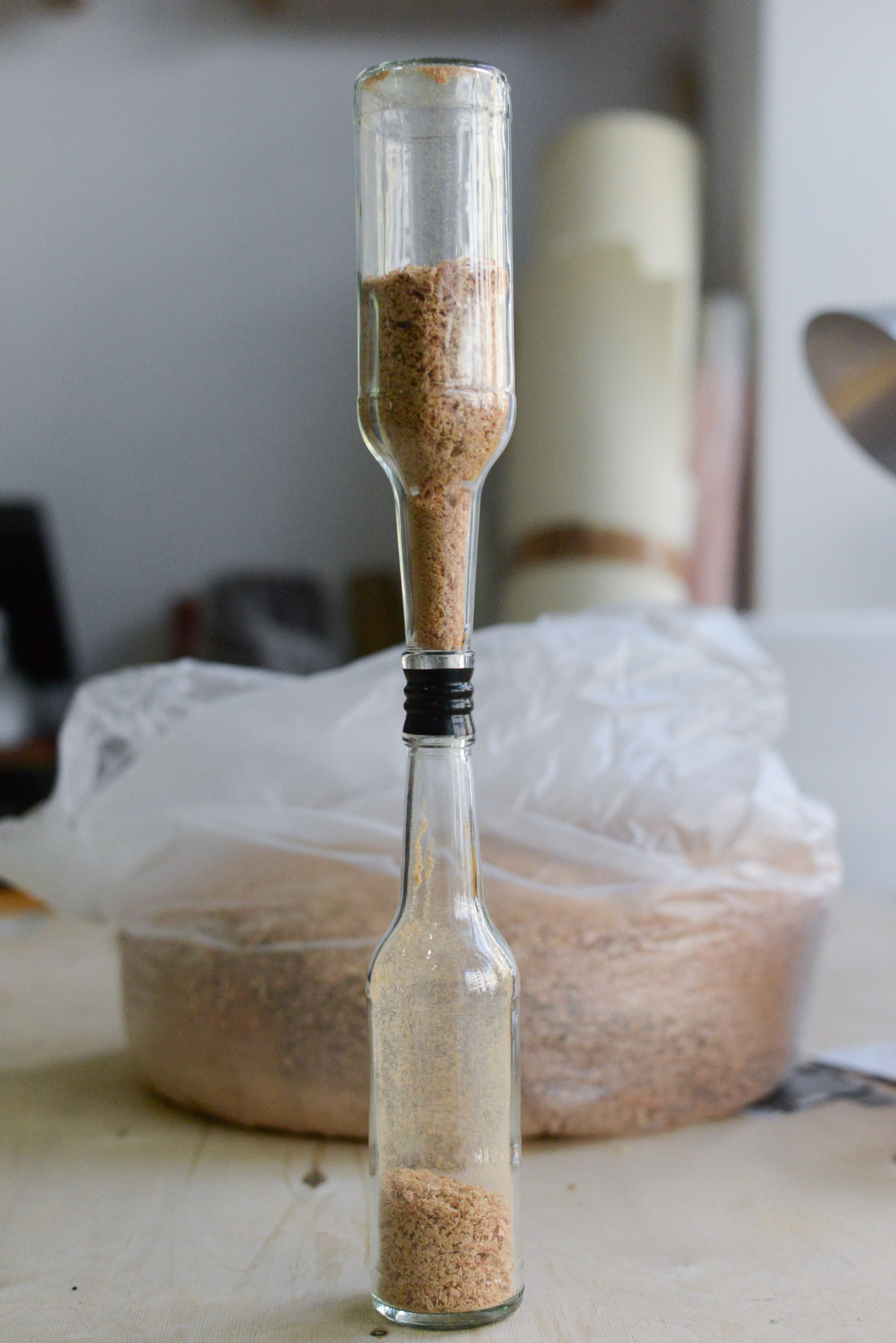
using the hour(less)glass
Seeing the hour(less)glass be affected by passing lorries on the street made me wonder if I could use the vibrations of the lathe to make time move. All of the sawdust generated in carving the bobbins makes me reluctant to have digital tools in my surroundings (my camera is fully encased in layers of plastic), and the hour(less)glass could allow me to track time in a perfectly imperfect analogue way.
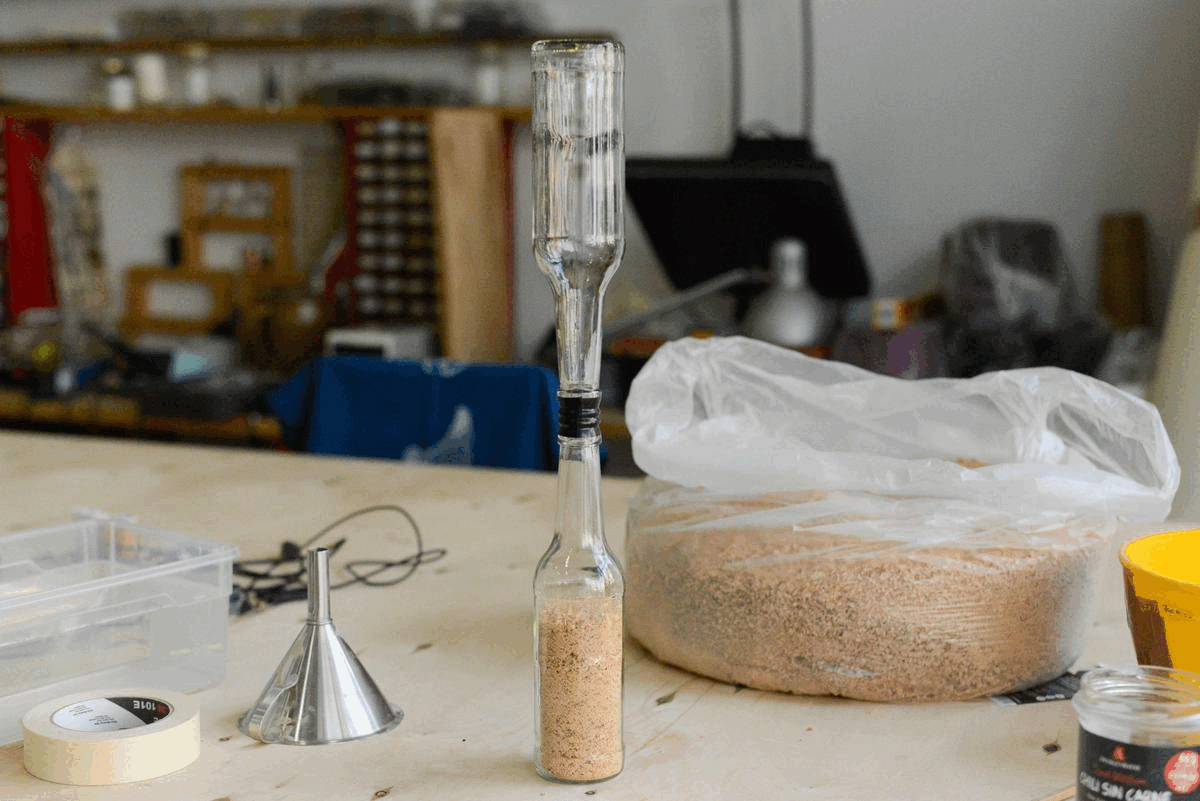
thoughts
Although it was a distraction at first, the hour(less)glass very quickly settled into the background of my work. I could see small flakes of wood trickling down, matching the rhythm of the woodturning tools on the lathe. The progress of the woodshavings through the hour(less)glass was slow, unreliable, inconsistent, yet also progressive and satisfying – much like the process of making the bobbins themselves.
Datenschutzerklärung — Impressum
©Emma Wood 2025
